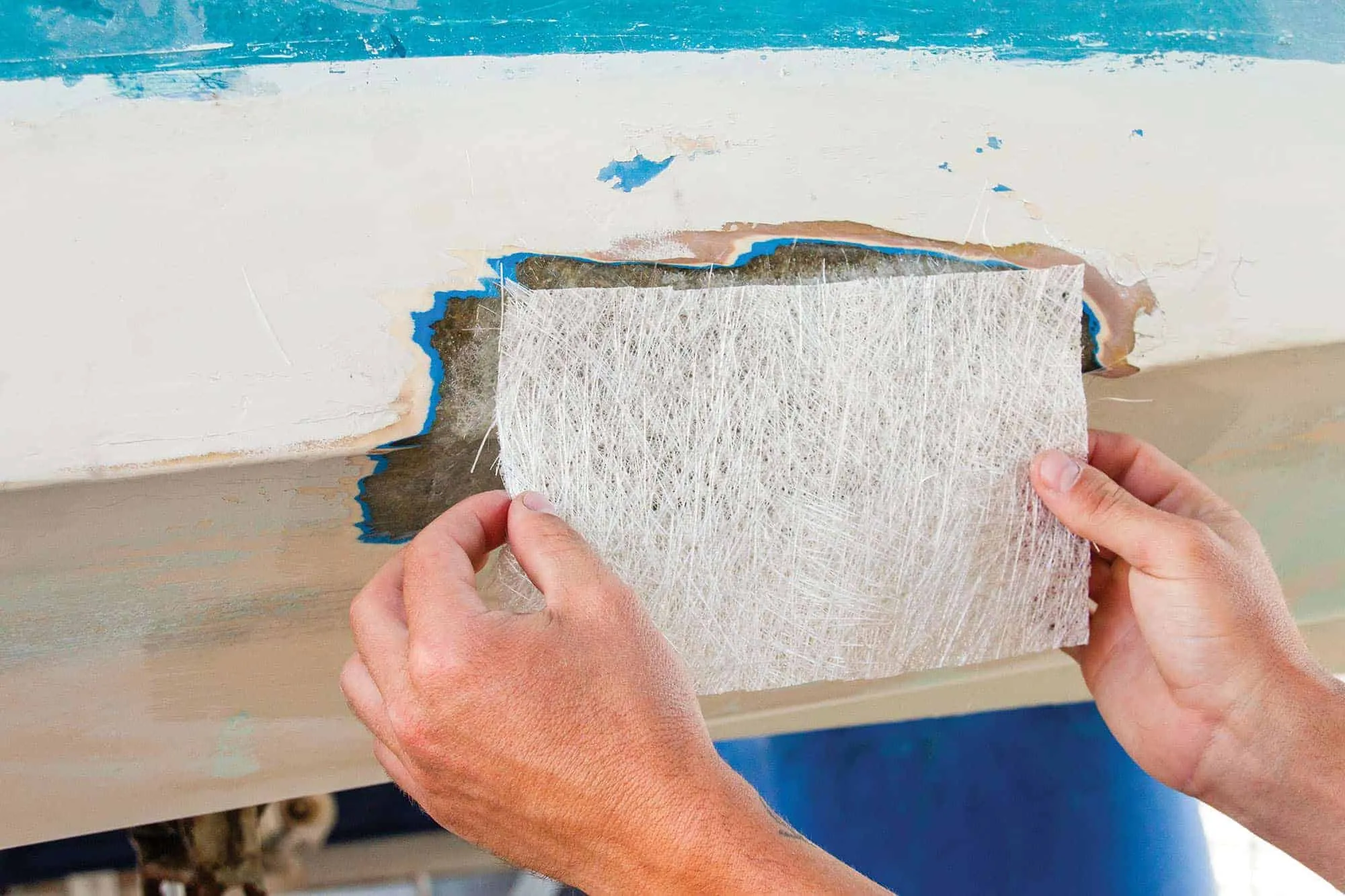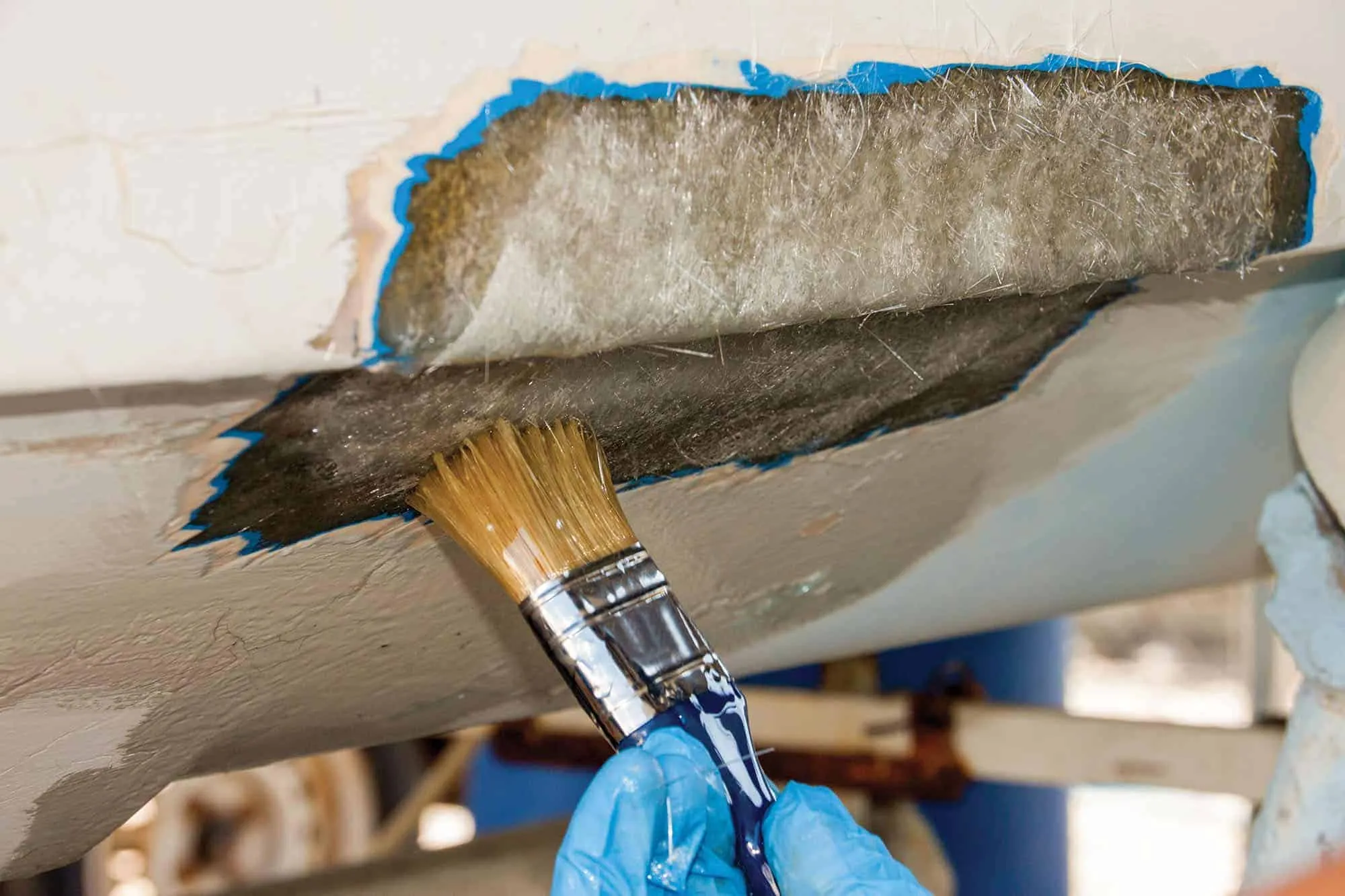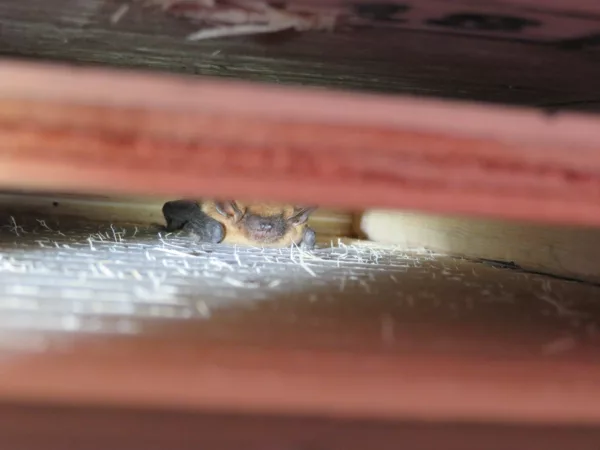Home DIY: How to Repair Your Composite Gear and Boats
It’s spring—time to haul out our kayaks, canoes, hiking poles and other types of fibreglass or composite gear. While composite materials—such as fibreglass, Kevlar, carbon fibre and others—are extremely durable and light, they do occasionally fail. Abrasion takes its toll over time, or a sudden blow (such as ramming your canoe onto a rock or dropping it in the parking lot) can ultimately create holes, or cause structural failure.
The good news is fibreglass and other composites are easy to repair—in particular if you’re not concerned about the aesthetics of the finished job. A big hole in your canoe can be repaired in a few hours, and you can be underway again the following morning. While composite repair is straightforward, it is important that it is done right, otherwise the patch may fail quickly.
Repair 101
Materials: Disposable paintbrushes, one yard of six-ounce woven E-glass, epoxy resin (part A and B), graduated disposable measuring cups, stir sticks (tongue depressors work), 100-grit sandpaper, acetone.
Note: See below for definitions/information.
STEP 1: Clean the area to be patched. Cut away any ragged areas and sand the edges smooth. You will also need to sand the adjacent surface surrounding the hole (extending out about 10 centimetres/four inches) to enhance adhesion. Finally, thoroughly clean the entire area with acetone. Often waxes or other invisible films are present, which will significantly decrease adhesion. Acetone is one of the best solvents to clean off these contaminants (don’t use paint thinner!).

STEP 2: Use sharp scissors to cut the fibreglass patches.The patches should extend several inches beyond the edge of the hole/damage. In total, about five layers of fibreglass will be used, so cut about five pieces.
STEP 3: Mix epoxy according to manufacturer’s specifications. Often the ratio is one-part hardener to two-parts resin, but this varies, so read the instructions carefully. Be sure to stir thoroughly, and for at least two minutes. Don’t mix more than 175 millilitres (six ounces) of epoxy at a time, otherwise it may start heating and curing prematurely in the mixing pot. Typically, you have about 10 to 15 minutes to apply the epoxy before it starts gelling.

STEP 4: Use a paintbrush to apply epoxy around the edges of the hole. Lay one piece of your pre-cut fibreglass cloth over the hole, and then use a brush to fully saturate it with epoxy. Fibreglass becomes translucent when it is fully saturated with epoxy. Add additional layers of glass cloth, one at a time, being sure to fully saturate each layer.
STEP 5: After applying all layers, clean up any drips or sags of resin using your brush, and then allow to cure. After 24 hours, you should have a robust and watertight seal.
Final Tips: For repairs to broken shafts, such as a walking stick or paddle, the process is similar. Instead of laying flat patches, you will wrap the cloth around the shaft, saturating the cloth with each wrap. About three to five wraps will make a strong repair.

This style of basic fibreglass repair is strong, but can look a little rough. If you’re concerned about aesthetics, it may be best to have a professional do the job.
Note: Fibres other than glass can be used, however, glass is the easiest to work with and can be used with any other type of composite (carbon fibre, etc.).
All About Composites
While it’s not necessary to know about the different properties of composites to make a basic repair, it is useful to have a basic understanding of some of the different components.
E-Glass: This is the most common material used, and the pillar of the composite industry. When you hear of something being made of fibreglass, it’s usually E-Glass. While fibreglass construction has been around since the 1940s, it’s still an excellent material—strong, light and economical.
S-Glass: S-glass was developed by the military for missile applications. It is a champion lost in the shadows of regular fibreglass, and is not commonly used in the composite industry. It has 40 per cent greater tensile strength and 20 per cent greater compressive strength than regular E-glass. Additionally, it has greater stiffness and abrasion resistance. In applications such as recreational canoes, this is an excellent material.
Carbon fibre: Carbon fibre takes the prize for being one of the stiffest materials. It is also has excellent mechanical properties with its tensile strength exceeding most other fibres. If you’re looking for a lightweight stiff product, carbon fibre is the answer. The downside to carbon fibre is that it’s much more fragile than materials like fibreglass. Fibreglass will deflect or bend when it receives a blow, while carbon fibre will resist the load and can shatter or break.
Kevlar: Materials come and go in popularity, and demand for Kevlar has waned somewhat in recent years, being replaced by carbon fibre. The bulletproof nature of this material undoubtedly helped with marketing, but this doesn’t necessarily translate to the needs required for a strong boat. Kevlar is touted as abrasion-resistant, which, while being somewhat true, areas of abrasion will become fuzzy and can never be sanded smooth. Kevlar is still a great material, though, and can be used to make strong and lightweight products.
There is no best material for composite construction, and it all depends on your needs. Carbon fibre is good for racing applications where the equipment can be babied like an egg, and S-glass is probably the best material for all-round recreational/racing use. Recently, we did some computer modelling with the UBC Composite Institute for autonomous boats we are developing, and the results clearly indicated that S-glass would result in stronger, lighter boats (for the specific conditions our boats would be facing) than carbon fibre.
And good ol’ E-glass is still a winner for the strength and economy combo. Often, manufacturers will use a combination of materials to incorporate the unique benefits of various materials. (There are also many other materials used in composite construction, but fibreglass, carbon fibre and Kevlar are the most commonly used.)
Just as important as the reinforcing fibre is the plastic (resin) in which it is impregnated. There are three main types used: polyester resin, vinyl ester resin and epoxy resin. Epoxy has the best mechanical properties, with vinyl ester being a close second. Polyester resin is more economical, while still being a sound product. Epoxy has another attribute not shared by the others: it is the best adhesive in existence. Yes, for those that have wondered what the strongest glue is, it’s good old epoxy. The Guinness World Record for the most weight lifted with a glue bond is held not by Gorilla Glue, or Super Glue, but by a type of epoxy.
This latter property of epoxy means that it is the only resin that should be used when doing composite repairs.The greatest mistake made when conducting repairs is using polyester resin, which is an extremely poor adhesive. Polyester resin is much easier to source (and is cheaper), being available at Canadian Tire or most hardware stores. Over time, however, the patch will likely delaminate. Epoxy, on the other hand, will bond well to all composite surfaces.














